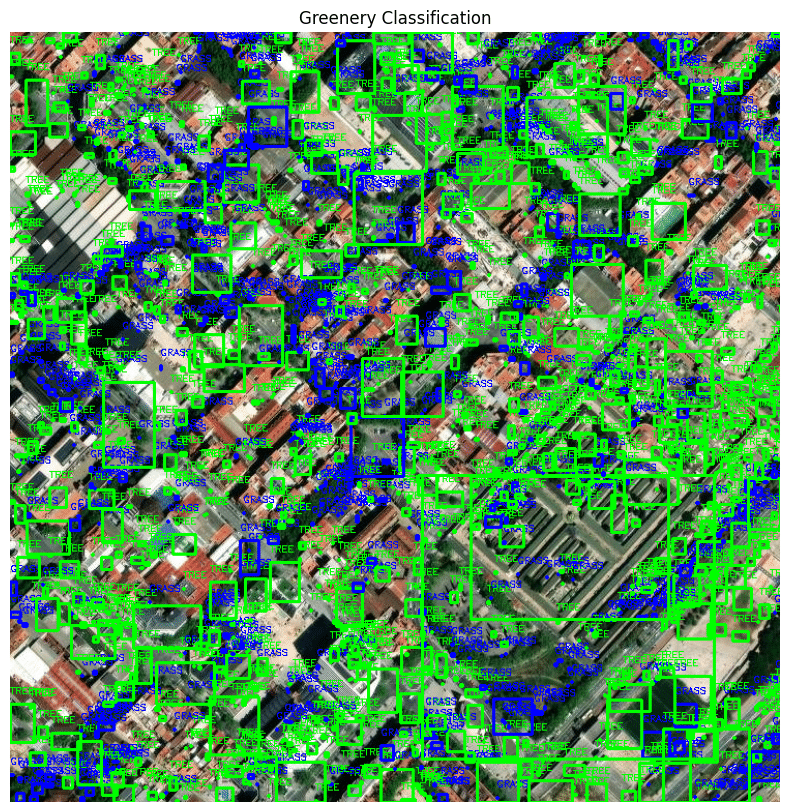Urban Vegetation Analysis Using Computer Vision and Deep Learning
(PaintDumpster/environmental_data_workshop at ndvi) – Link to GitHub This project aims to detect and classify different types of greenery in satellite imagery by utilizing color and edge detection techniques. The study area is located in Barcelona, Spain (41.396536, 2.194554). The stable version employs color and edge detection for image segmentation, while an alternative method integrates LiDAR … Read more






